
CES 2017 marked 50 years since the first CES of 1967, and it showcased an amazing array of innovations that directly benefit content creators. These range from systems that facilitate content creation and dissemination, to those that provide vastly expanded business opportunities for creating and placing that content. If any overarching theme emerged from the spectacular diversity of products and services on display at the big show in Vegas, it would be the relentless movement toward total integration of everyone’s digital life experience. In the imaging arena, this means cameras with enhanced Wi-Fi, NFC, and Bluetooth connectivity that approaches the iPhone’s seamless ability to save captured images directly to the cloud.
It also allows content providers to post and share their work instantly in convenient sizes without having to go through separate steps, and to stream live HD and 4K video. It also means action camera equipped drones that are easier and safer to fly, and users will have an immersive flying experience via video headphones and the ability to share their videos across multiple platforms. In addition to vastly enhanced convenience, connectivity, and automation, many of the cameras shown at CES provide unprecedented still and video capture capabilities with far-reaching consequences in creating high-level content in the video and VR domains. The ability to shoot 4K video at up to 60 fps and extract ultra hi-res stills from video clips are the result of significant advances in image processing software and sensor technology, and both help to bring content creation to entirely new levels.
Big Buzz At CES: Drones, Drone Cameras, & Accessories
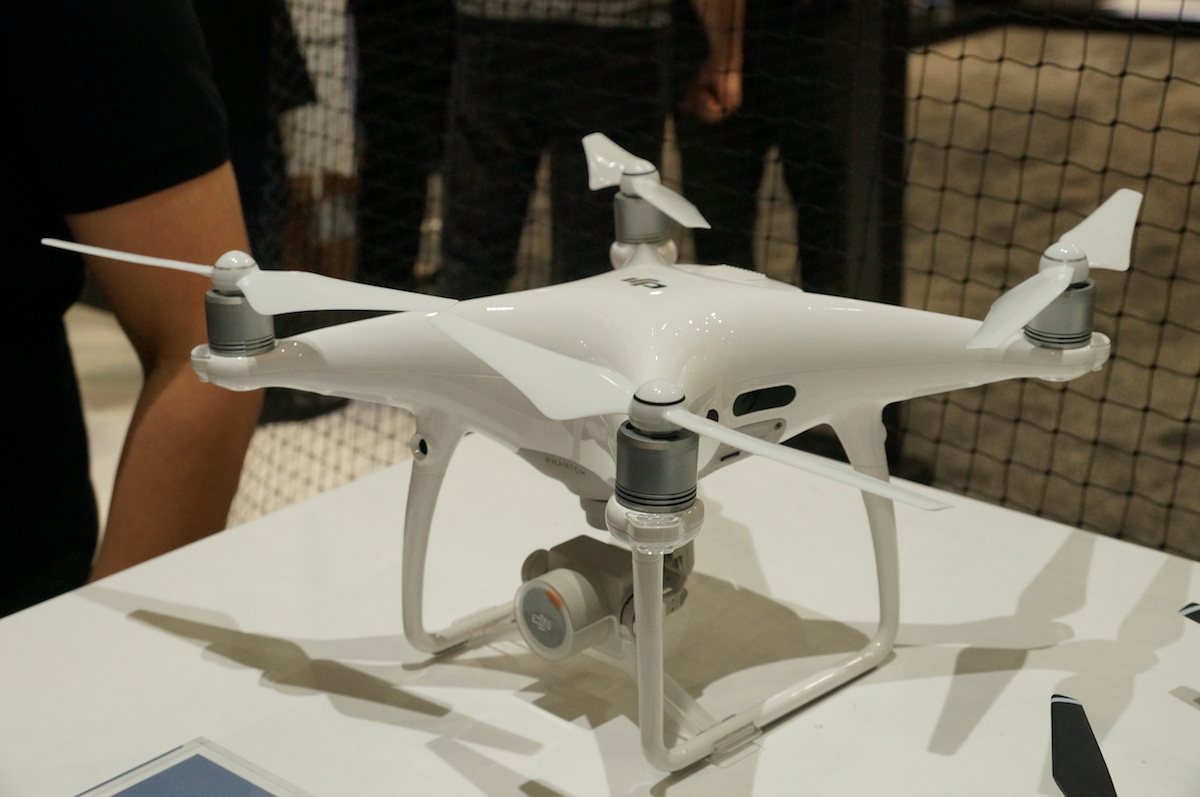
Action cam equipped drones were an intensely hot topic at CES 2017. GoPro finally got its distinctively styled Karma drone off the ground after some initial teething problems, and DJI showed its highly regarded PHANTOM 4 PRO, complete with 20MP camera with 1-inch sensor and 5-direction obstacle sensing.
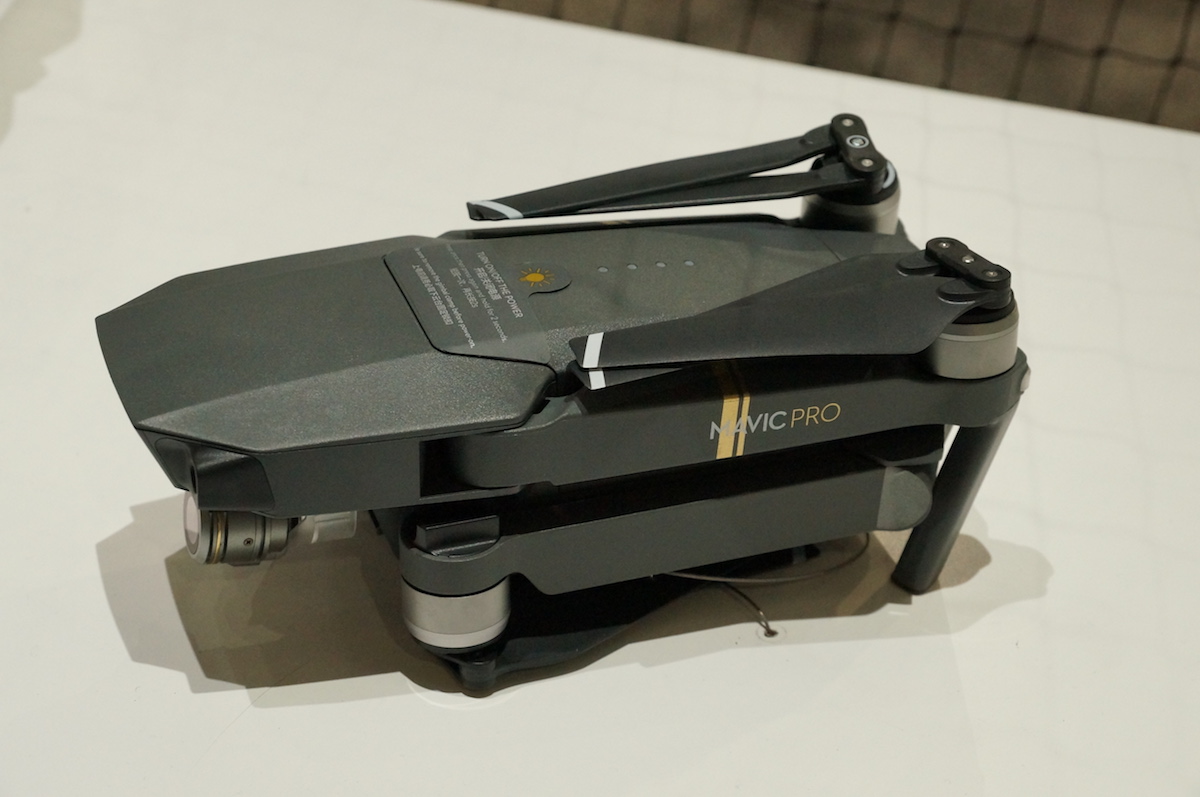
However, DJI’s new stealth black, foldable Star Wars style MAVIC PRO may have stolen the show, even though its tech specs aren’t quite up to the 4 PRO’s. At $999, about $400 less than the PHANTOM 4 PRO, you do get a 4.3 mile flight range, 5 vision sensors, and a 4K camera stabilized by a 3-axis mechanical gimbal at your command with a tap of your finger. VUZIX, a Japanese maker of high-spec HD 3D Video Headphones that enhance the drone image viewing experience, sponsored a series of 6 drone races in Vegas. To see the racing drones in action and their video headphone line go to 2017cesvizix.com. Finally, Tiffen showed a series of filters including NDs specifically designed for action cams to be used with drones.
Bluetooth Wi-Fi synergy: Moving Toward Seamless Connectivity
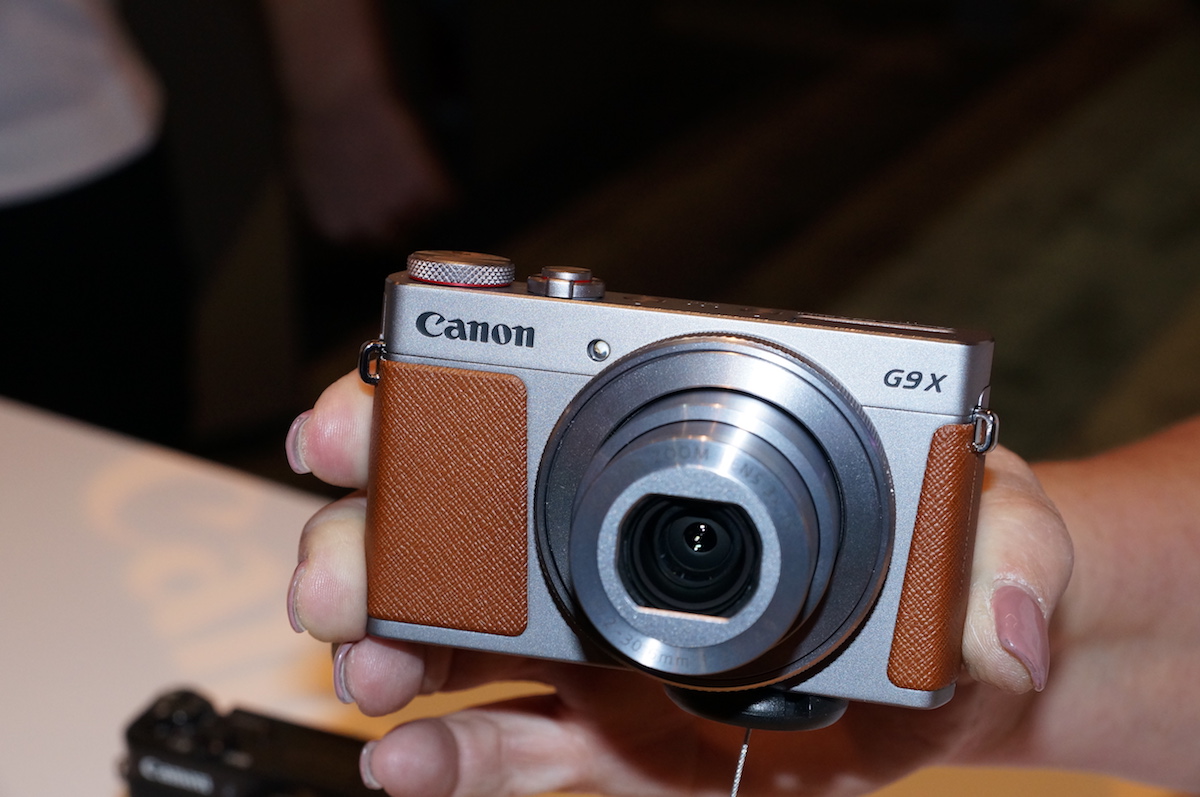
A stellar example of enhanced connectivity is Panasonic’s GH5 mirrorless, perhaps the most talked about camera at the show. For starters, it enhances content creation by capturing 10-bit color so the GH5 can record greater color subtleties and differentiate more colors than virtually any other current mirrorless camera or DSLR. It’s also the top of its class in its ability to capturing 4K video at 60 fps, and its 6K Photo mode lets users output impressive quality images from video clips. On the ultra-compact front, Canon announced the PowerShot G9 X Mark II, a tiny, elegant, high-performance, enthusiast-aimed PowerShot G9 X Mark II, incorporating a 1-inch, 20.2 MP CMOS sensor, DIGIC 7 Image Processor, and a 3X zoom lens that delivers. In addition to delivering high image quality and blazing speed (up to 8.2 fps in JPEG and RAW), it’s the first PowerShot with Bluetooth connectivity for easy pairing and sharing, and it has Full HD, Dynamic IS, and Time-Lapse video functions—a boon for content creators.
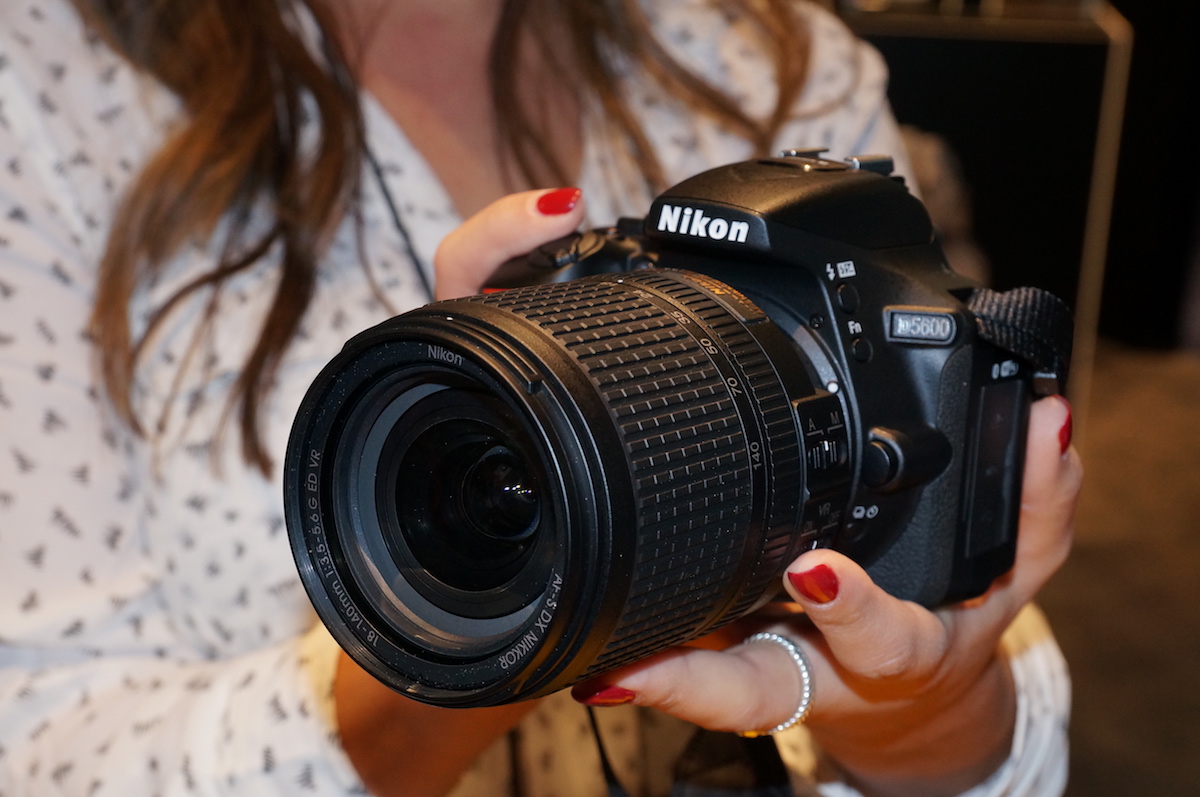
The new “upper entry level” Nikon D5600 DSLR, another hit of the show, offers Bluetooth, plus Wi-Fi connectivity aimed at younger consumers, but also delivers a nice mix of features at an attractive price for content creators into the Nikon system. Content providers that use iPhones will be delighted with Tiffen’s new Steadicam Volt, a gimbaled image stabilization device for iPhones that can be electronically stabilized, or used as either a standard gimbal. Said to be the only product at under $200 that performs at this level, you can even hold it upside down, or at any angle up to 360 degrees!
VR Explosion Expands Content Creation Opportunities

VR in all of its aspects was definitely a hot topic at CES 2017. Here are some of the cool items that caught our eye: ANTVR showed off its all-in-one “universal” virtual reality kit that includes the Chinese company’s virtual reality headset, a video driver box, remote controller, and a lithium battery. ANTVR’s virtual and augmented reality products work with PCs, smartphones, and VR cameras, and the company’s headset is compatible with a variety of brands, including Lenovo and HiSense. Google unveiled its second Daydream View headset, the company’s virtual reality platform manufactured by China-based Huawei. It has an adjustable focus so it can be used without eyeglasses, comes with a remote control, and provides a 95 degree field of view. Google says Huawei also has a Daydream-ready headset in the works.
Qualcomm showed off its ODG R-8 virtual and augmented reality smartglasses, the first Snapdragon 835-based headset. The Android-powered unit, manufactured by San Francisco based Osterhout Design Group, will cost under $1,000 for the 720p resolution version, and features both virtual reality and augmented reality applications. Vuzix showed off its virtual reality headset, iWear, and it can run without a PC or smartphone. Powered by a customized version of Android, it retails at $499, and features dual 720p eyepieces. The headset supports HDMI inputs compatible with the latest 2-D and 3-D modes, and tracks head orientation and movement so when the user’s head moves, the image of the virtual world matches the motion in real time!
Finally, our low tech of high-tech VR award goes to the Xteme VR VUE FX offered by Xtreme of Edison, NJ. It’s basically a plastic version of the Google Cardboard that you can slide your iPhone into, and download any one of scores of free virtual reality viewing apps. This focusing bifocal viewer will let you experience the wild wide-angle world of virtual reality on the cheap for around $25. Image quality, immersion, and versatility don’t compare with sophisticated units costing hundreds of dollars, but it’s a clear indication of the breadth of the VR market and its expanding opportunities for VR creators.
A New Niche for Content Creators: 360-degree Imaging Goes Mass Market!
The enthusiastic response to the Nikon Keymission 360 is the clearest indication that the 360 imaging sector has finally gone mainstream. Nikon’s impressive line has lots of competitors, including the Orbit360 ($499), Kodak’s 4K 360 action camera that’s slated for April 2017 delivery, as well as the Vyu360 ($179), and the DVR988HD from Vivitar ($169). The Kodak PixPro Orbit SP360 incorporates two 20 megapixel lenses that can capture 4K video at 24 fps and can shoot using one or both lenses. Like the Nikon Keymission 360 and Ricoh Theta, the Orbit360 stitches the footage within the camera. It can be controlled via an Android or iOS app, and comes with a wearable remote control to start and stop recording. Videos and photos can be shared to YouTube and Facebook from within the app, and it is submersible to a depth of 1 or 2 meters, and freeze-proof to -10 Celsius.
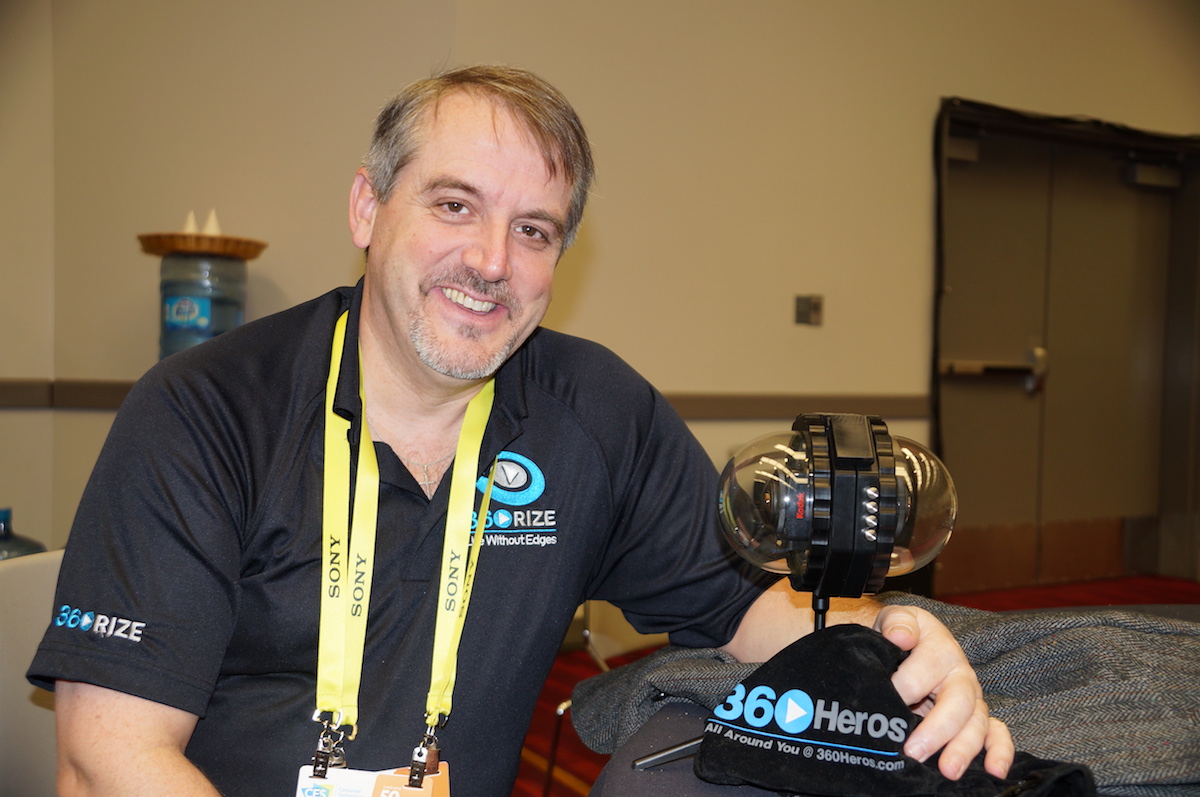
If you want to go even deeper, consider the brilliant ultra-cool 360SeaDak, an underwater Video Dive Housing for Kodak PIXPRO SP360 Action Cams. According to its inventor, Michael Kintner, CEO, Founder, and Inventor of 360Heros based in Olean, NY near Buffalo, it’s the only consumer-priced unit of its kind, capable of capturing crystal clear, fully spherical 360 x180 degree photos and videos underwater to a depth of 140 feet or more. The unit houses two Kodak PIXPRO SP360 4K or SP360 1080p action cameras positioned back to back within the dove housing, and it will have enough coverage to capture seamless 360 video underwater with high image quality. The unit is slated to retail at about $1,400, and will likely be distributed by Manfrotto.
Ultra Hi-Res Synergy: 4K Capture Meets 4K TV
Many current high-end mirrorless DSLR cameras and camcorders, including the Panasonic GH5 mentioned above, can capture UHD and DCI 4K video at framing speed up to 6 FPS. It’s about time that TVs are finally catching up, which will inevitably expand the market for 4K video content, and until now, LG and Samsung have dominated the emerging 4K TV, but Sony has unveiled its breathtaking flagship XBR-A1E Bravia 4K OLED TV at CES 2017, and it’s a game changer. For one thing, moving to OLED allows Sony to offer a TV with “unprecedented black levels, rich and lifelike color, dynamic contrast, blurless image, and a wide viewing angle.” The company declined to identify the vendor of its OLED displays, but it might be division of LG! Support for Dolby Vision HDR is built in, and a chip called the 4K HDR Processor X1Extreme that provides the power.
Sony’s breakthrough TV is very thin, which required Sony to move a lot of the TV’s internals to the foldout stand around the back. The Sony A1E Bravia series will be available in 55, 65, and 77 inch sizes with prices to be announced, and delivery is expected by early spring. Thanks to the OLED’s backlight-less structure, Sony was able to develop a new Acoustic Surface sound technology. The entire screen is said to resonate with rich sound emanating directly from the screen itself, so TV shows and movies will sound like it’s coming directly from the display itself. Content providers obviously need to provide first class audio and video to ensure success in what is bound to be a highly competitive market.
